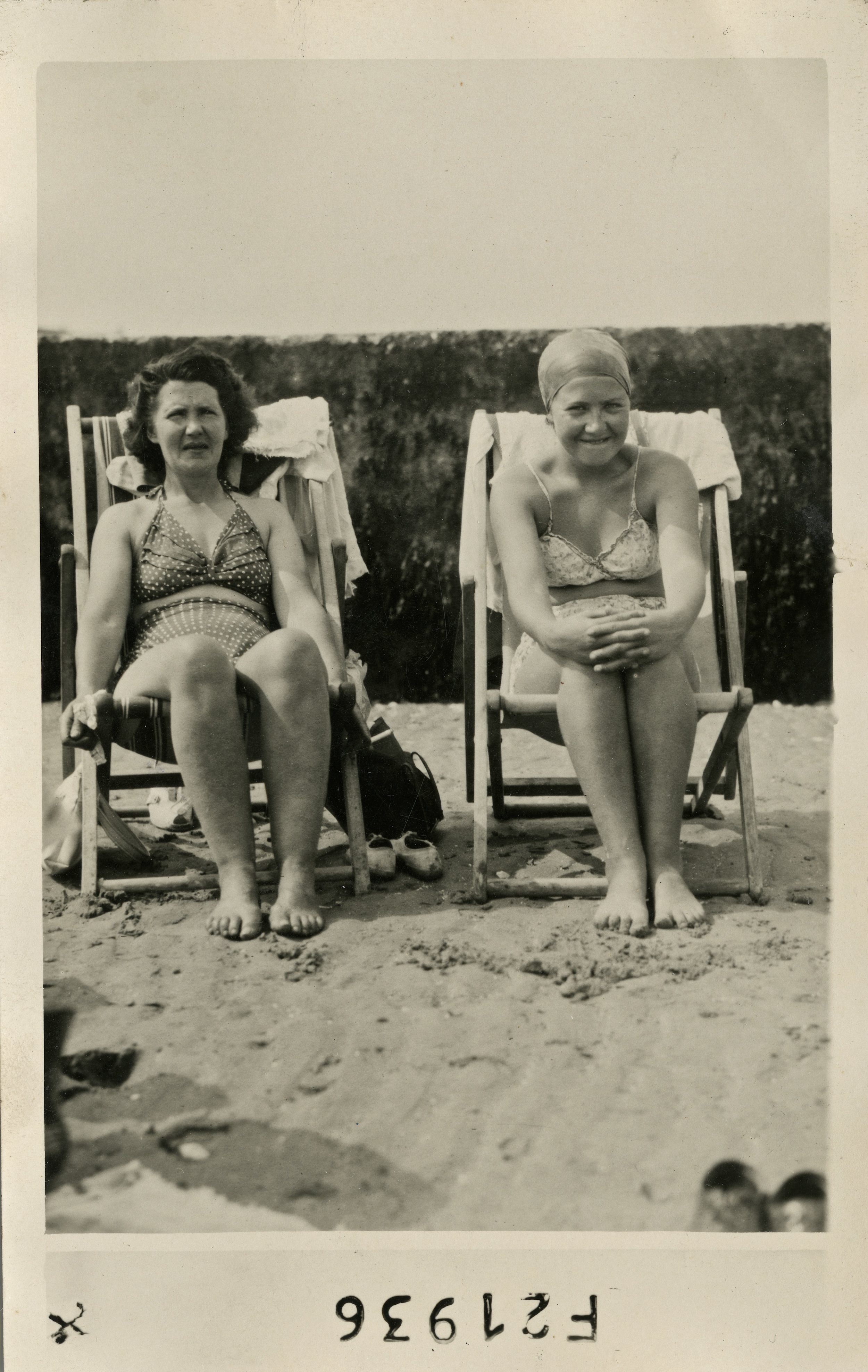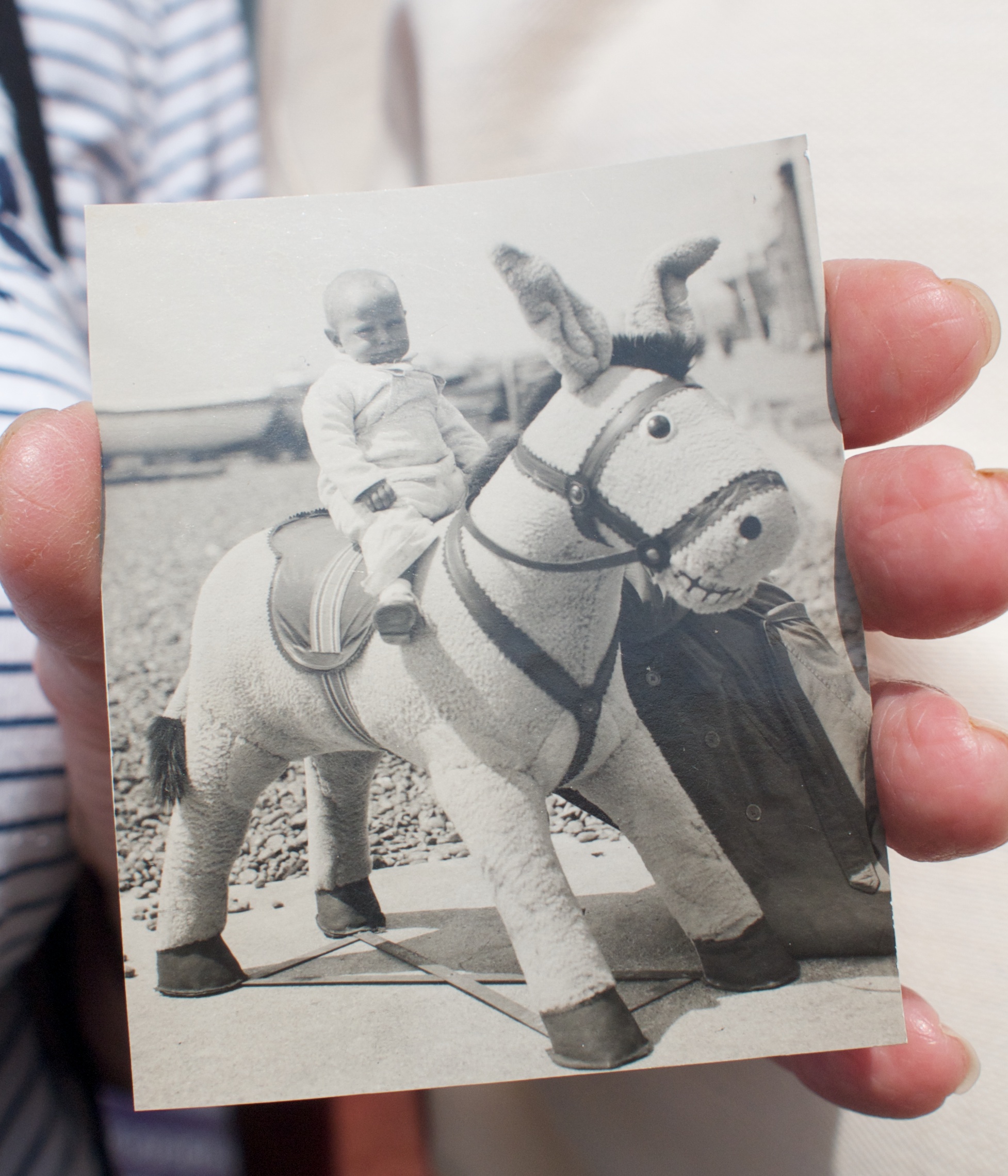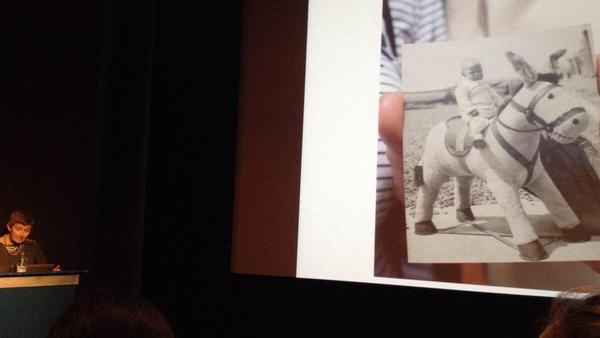(An illustrated paper presented at Archives 2.0 Conference, at the National Media Museum, Bradford, 25-26 November 2014)
Abstract: Aleida Assman stated that ‘the archive…can be described as a space that is located on the border between forgetting and remembering’ (2008:103). Both are selective processes that forge meaningful terrains and bring order to isolated artefacts. ‘(Re)membering’ is a slightly ironic concept that attempts to encapsulate the archival processes of collection and collation, synthesising disparate parts into a meaningful whole. The Sunbeam Photographic Collection is an example of this - consisting of more than 40,000 commercially taken British seaside photographs from 1917–1976. Their origins are private individuals and uncollated municipal holdings and it is the role ofthe South East Archive of Seaside (SEAS) Photography to construct an ordered collection from such disordered parts.
The archivist’s meaningful terrain represents a perspective which can be at odds with users and contributors. ‘Remembrance’ refers, in this context, to the emotional meaning that such ‘holiday snap’ images have for the non-archivist, interpreted through the lens of selected memory. For the archivist, such nostalgia gives way to categorical synthesis and academic analysis, in which technical, historical and cultural contexts predominate. Thus, far from a neutral interpretational landscape, this Collection can be regarded as a locus of contrasting and perhaps conflicting perspectives. For some contributors, key Sunbeam' images represent a canon, with overt sanctification. Accordingly, the archivist can be seen as hijacking the demotic, taking the ‘people’s pictures’ and over-intellectualising them. A central problem to be discussed is, therefore, how this nexus of conflicting perspectives is navigated/negotiated, without alienating the very people whose contributions are so vital to the archive’s formation.




